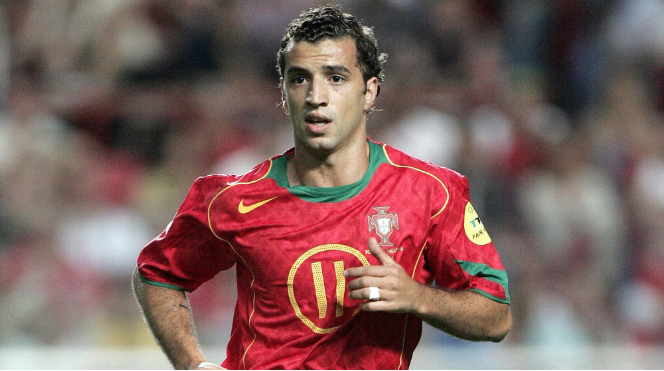Hurdles ahead in Colombia’s race for peace
Colombia’s government has signed a revised peace accord with the FARC rebels, but now faces political battles to implement the controversial deal and end the country’s half-century conflict.
Here are five hurdles for President Juan Manuel Santos and the Revolutionary Armed Forces of Colombia (FARC) as they seek to seal the peace — with resistance led by the hawkish ex-president Alvaro Uribe.
Colombians narrowly rejected an earlier version of the accord in a humiliating referendum defeat for Santos on October 2.
Uribe has called for another referendum on the new deal. But Santos plans instead to pass it through Congress, where he holds a majority. It is expected to pass after a debate starting Tuesday.
A raft of laws and reforms will be needed to bring the accord’s various chapters into effect. The legislation could take months to pass.
But with pressure to disarm the rebels as soon as possible for fear of violence, Santos may use a “fast track” procedure if the Constitutional Court permits it.
“Everything seems to indicate that the fast-track will be activated, which will make the legal implementation process quicker,” said analyst Kyle Johnson of the International Crisis Group.
The government and FARC said the revised accord tightens judicial conditions for trying crimes of the conflict. Uribe complained it still grants impunity for war crimes.
He vowed to keep fighting for points where he says the accord should go further, and his party has threatened street protests.
Analysts warn the political conflict could complicate the accord, with general elections due in 2018.
“Political rivalry over the coming year could obstruct the implementation of the pact,” said Jorge Restrepo, director of the conflict analysis center CERAC.
Political scientist Frederic Masse of Colombia’s Externado University warned that “if the opposition wins the elections, it will be even harder to implement.”
The FARC are by far the biggest rebel force in Colombia and the key anti-government actors in the war. But there is another, smaller rebel group that has yet to join the peace process.
The government’s efforts to start talks with the leftist National Liberation Army (ELN) have failed so far due to disputes over hostages.
“Unless there is a bilateral ceasefire with the ELN, there will be more fighting with the ELN in areas where the FARC are also present, which could sow confusion,” Masse warned.
The conflict zones remain riven by territorial demands, gang feuds and local political quarrels, Restrepo says.
Remnants of right-wing paramilitaries that once took part in the conflict are feared to be lingering.
Then there are the country’s drug gangs, which the peace accord is supposed to stamp out.
“When the FARC disappear, other causes for violence could emerge,” Restrepo warned. “Violence and weapons could be channeled to other conflicts.”
It is not known what will become of US President Barack Obama’s pledge of $450 million in aid to end the conflict once his elected successor Donald Trump takes office in January.
Trump’s abrasive approach to international relations has raised uncertainty in Latin America.
“It will be an obstacle, because the United States is swinging to the right and an enormous ally in implementing the accord is being lost,” Restrepo said.
Concessions to the FARC on tackling the drug-trafficking that has funded them are a delicate part of the accord. Trump’s tough approach to crime could have an impact.
“In anti-drug policies, which are at the heart of the accord, he will be more than an obstacle,” Restrepo said.
“He will be an opponent.”


